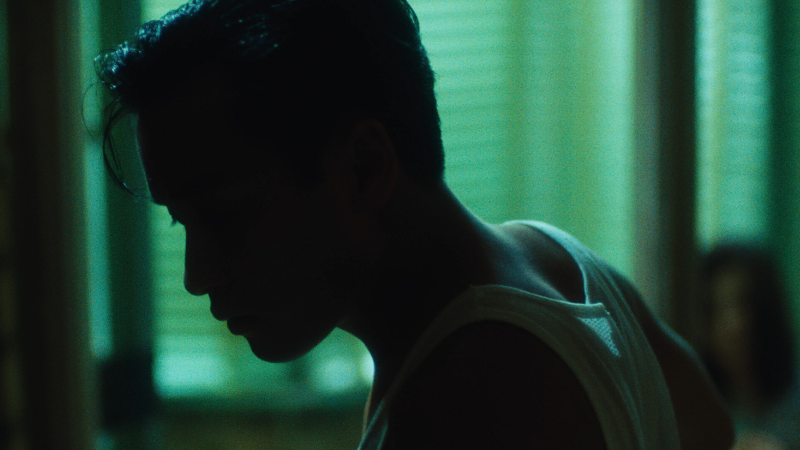
Days of Being Wild begins to flesh out the Wong Kar Wai’s cinematic world, using the potent imagery of early 60’s Hong Kong and the Philippines to entangle a dazzling cast into a whirlwind of brisk connections that were destined to never fully materialise.
In “The Cinema of Wong Kar Wai”, John Powers writes that the film was able to be funded through pre-sales “because it offered something everyone wanted: the largest and most spectacular cast in Hong Kong history”. Leslie Cheung plays a charming playboy (Yuddy) whose two lovers are a modest young girl who works at a box office, played by Maggie Cheung, and Carina Lau as a boisterous cabaret dancer. Strung into their affairs is Andy Lau as a sensible policeman-turned-sailor and Jacky Cheung as Yuddy’s enthusiastic best friend. They all bring nuanced performances which express their characters with naturalism, whilst the well-written dialogue become character studies that delve into each of their insecurities and explores how it hinders them from making lasting connections.
By the second film of the retrospective and of Wong’s career, I realise that the essential elements of Wong’s films include white singlets, cigarette smoke, moody lighting, humidity, mirrors, time, fleeting interactions, missed connections, and musings on longing. The tone and atmosphere lie central to the film, its pace much slower compared to his action-packed debut. By now, Australian cinematographer Christopher Doyle has begun his collaboration with Wong. The camerawork, lighting and composition are much more focused—hinting at several motifs that will be sustained in following works.
Just like As Tears Go By, this film acts like a precursor for his following works. This time, Wong preludes to the beginnings of his informal trilogy referred to as the “Chow Mo-wan Trilogy” (consisting of Days of Being Wild, In The Mood for Love, and 2046). The characters stay in the hotel room “204” and, seemingly unrelated to the main storyline, there is a brief appearance of Chow Mo-wan, the character played by Tony Leung who ties the three films together. Although it is a jarring inclusion, Leung’s appearance in the film complements the sustained imagery of time, mirrors, and stifling landscapes, to tap into a deeper subconscious of Wong’s developing cinematic world.
Days of Being Wild demonstrates a greater departure from cinematic conventions and industry demands as Wong continues to hone his unique vision celebrating the simultaneous ardours and limitations of human connection. Although it has less of a cohesive impact compared to his following works, it is a seminal piece of cinema that departs from you with a lingering aftertaste.
Bonnie Huang
